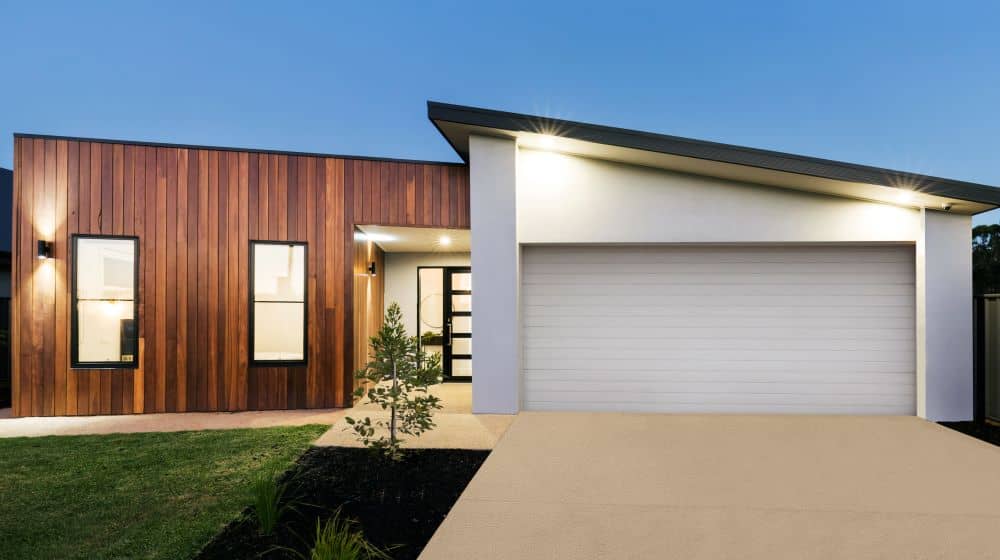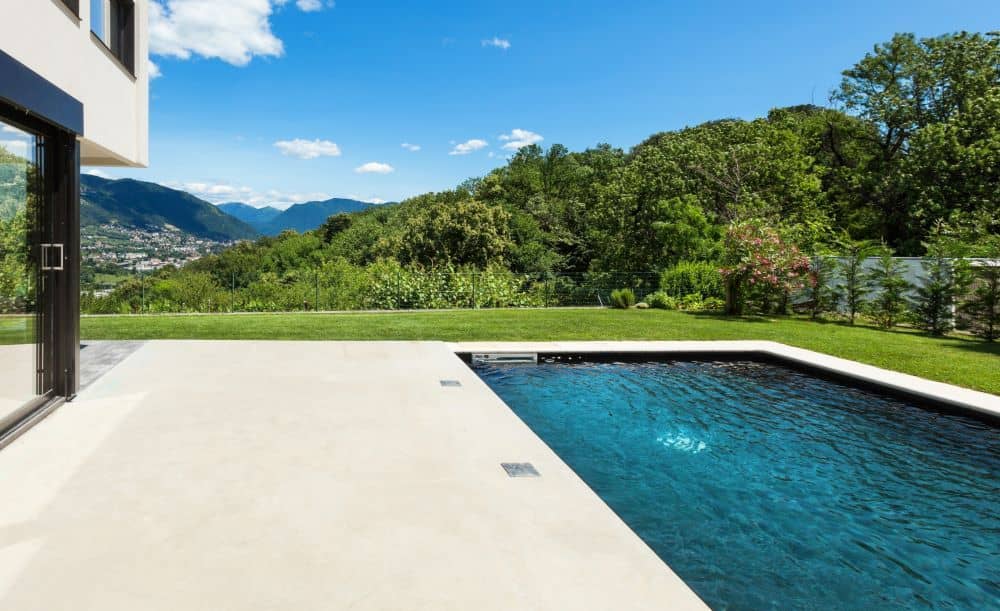You may have heard about liquid limestone, especially if you are searching for flooring material options. Although it may not be as popular as exposed aggregate or paving, it has gradually become the choice material for Perth homes, particularly the outdoor areas.
Liquid limestone is crushed limestone mixed with cream concrete. You can already picture that this combination creates a gorgeous natural colour with a nice texture.
If you’re still in the deciding phase of whether liquid limestone is the appropriate choice, it’s helpful to know its pros and cons. So, let us take a look at them before you commit to using liquid limestone as your flooring material. First, the advantages:
1. Less Maintenance
As mentioned, liquid limestone is often used for outdoor area floors. That means it is incredibly sturdy. It can take a daily battering from vehicles and feet, which is why liquid limestone is the suitable flooring around walkways, pool surrounds, and driveways. It’s also an excellent solution for indoor spaces, including living areas, bedrooms, and offices.
Bear in mind that liquid limestone is not inherently strong and durable. Like many other flooring options, its lifespan will still depend on the sealant you use. Sealants added to the mixture make the surface easy to clean and require less maintenance. It also resists stains, which is a huge plus.
Here are some tips on how you can maintain and prolong the life of liquid limestone:
-
- Sweep and vacuum regularly to make sure dust and debris do not stay on the surface.
- Stains and spills can be removed quickly, even if they appear to have adhered to the floor. Clean with a mild solution, then hose it down to remove the stains. If stains are stubborn, you may need to use a broom or toothbrush to loosen the discolouration. Leave the solution for about an hour or two before hosing it down. This step is helpful if you’re dealing with tough stains like oil in your driveway. You may have to repeat the process if the blemish is still noticeable on the light surface.
- Use a cloth or mop to dry the surface.
Use a pressure washer to remove stubborn stains. You may also add chlorinated pool water, mainly if you see mould and algae growth.
2. Cool to the Feet
Unlike other materials, liquid limestone does not absorb heat from the sun. This is an essential consideration for Perth homeowners, especially because we get as many as 147 days with bright sun and about 121 days of moderate sun.
If you love to go barefoot during summer when enjoying the pool area, you need a flooring material that will not hurt your feet. That’s where liquid limestone stands out. Theoretically, limestone has an abundance of holes, making it inherently cooler for longer, even during scorching days. You can walk on it the day after it’s poured (although we don’t recommend this if you don’t want to deal with stains on the soles of your feet).
3. Safe
Aside from not burning your feet, liquid limestone can also be slip-resistant. The sealant used plays a part in the safety of the surface, though. So, make sure you ask the contractor to apply a non-slip sealant, primarily if the material will be used on pool surrounds.
You also do not have to worry about sinking pavers. Cracks may still happen, but they can be prevented by applying a sealing product yearly.
4. Appealing
There’s no question that liquid limestone in itself looks elegant. You surely want a beautiful-looking patio, walkway, and front yard. Choose the right style, texture, and shade to help enhance the aesthetics of your outdoor area.
The material is entirely customisable, from the looks to the density. You can choose to pour it anywhere from 40 to 50 mm if you already have concrete flooring. You also don’t have to worry about unsightly gaps that often appear with other flooring options.
5. Quick Installation
One significant advantage of liquid limestone, although not talked about often, is that it can be poured over concrete. That means if you have existing material on your driveway or anywhere else, you can simply lay liquid limestone on it. Of course, you still need to ensure there are no cracks, gaps, and other flaws before pouring.
Meanwhile, if there’s no concrete, liquid limestone should be thicker in density, usually ranging from 75-800mm. Driveways require at least 100mm to withstand heavy vehicles. All these extras are easy to deal with when working with professionals.
Now, let’s go to the disadvantages of liquid limestone, which include:
1. Costly
Compared to other concrete types, liquid limestone is more expensive. Make sure you consult your budget and get a quote before starting the project. Typically, it averages $65/sqm. You may have to add a bit more to the overall budget for extra expenses, including the sealant. A sloped or hard-to-access area may also incur additional charges. However, if you think about it, the benefits of the material surely outweigh this con.
2. Mould and Algae Growth
Although easy to maintain, liquid limestone is quite porous. This issue can quickly be solved by sealing the flooring. Improper sealing can invite mould and algae, which calls for frequent cleaning. This is a common occurrence when liquid limestone is used in wet spaces, including pool areas.
3. Colour Limitations
A common misconception about liquid limestone is that it can take colours easily because of its natural light hue. While the material makes adding bright colours to your yard easy, it does not take vibrant or bold shades very well. You still have plenty of other options because liquid limestone offers various hues and styles. However, this material might disappoint you if you want a deeper colour for a particular surface.
The Verdict
Considering all the pros and cons of liquid limestone, it is easy to see why this flooring material is growing in popularity. Its versatility allows it to be used on various surfaces, including pool surrounds, carports, and driveways. You don’t have to worry about vehicle pressure and slips.
Are you convinced? If so, contact CoastCrete for your supply of liquid limestone, and we can also install it for you.





